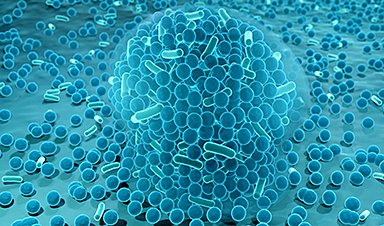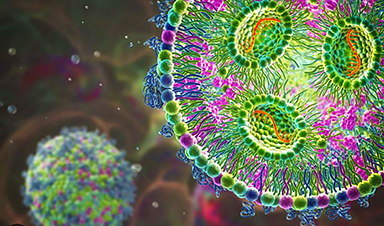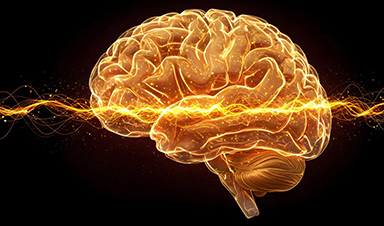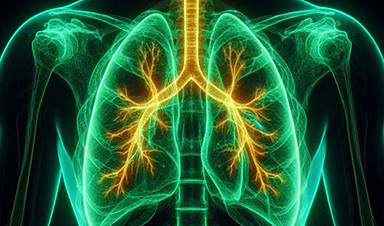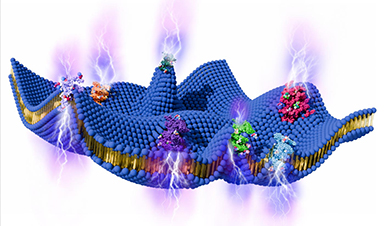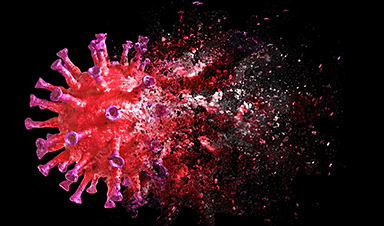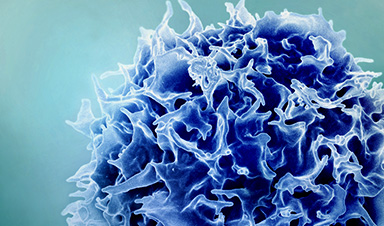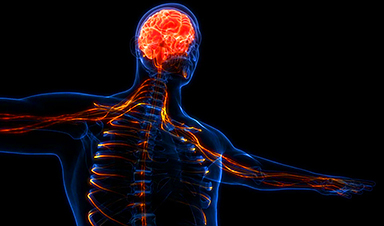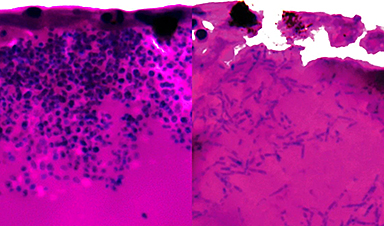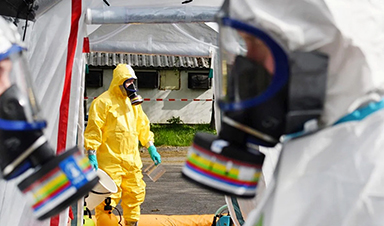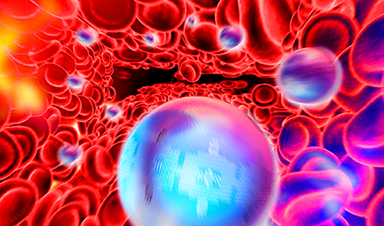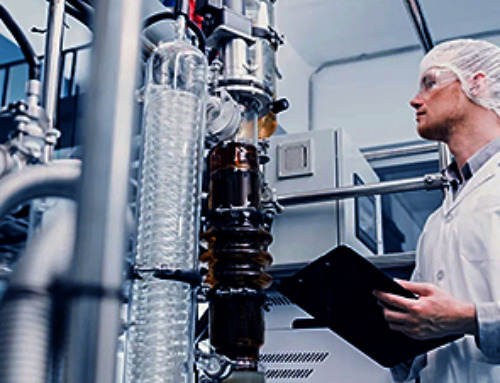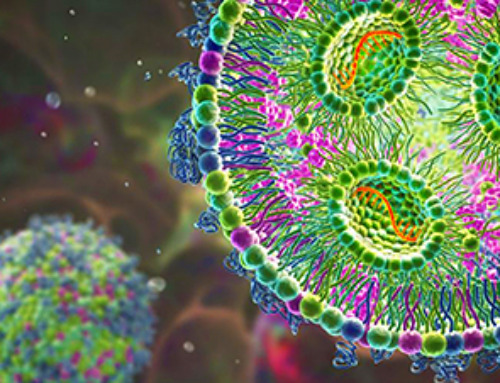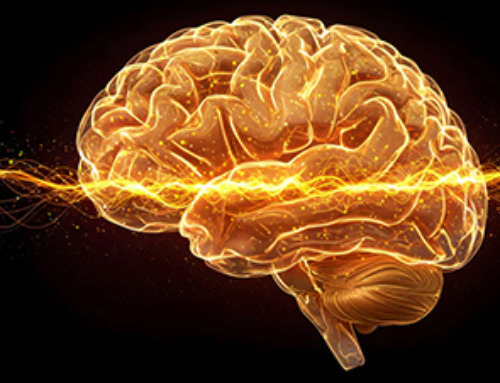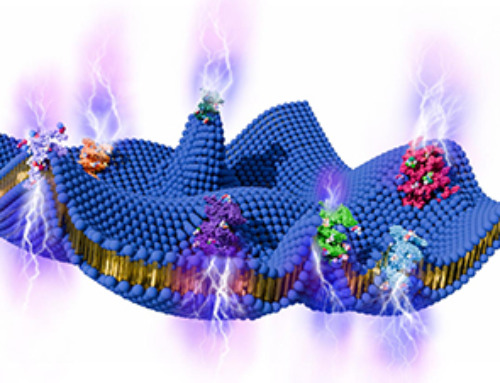The need for innovative antimicrobial agents has become increasingly urgent due to the rise of antibiotic-resistant pathogens and the persistent threat of infections acquired during hospital stays.
Traditional antibiotics and antiseptics are often ineffective against these resilient microorganisms, leading to severe health complications and increased healthcare costs. Therefore, researchers are exploring alternative solutions that can effectively target and eliminate these harmful pathogens. A promising development is the creation of an intelligent “nanokiller” derived from a component of cinnamon essential oil, which offers a novel approach to combating these microbial threats.
A team of researchers from the Universitat Politècnica de València (UPV) and the CIBER de Bioingeniería, Biomaterials y Nanomedicine (CIBER-BBN) has harnessed the antimicrobial properties of cinnamaldehyde, a key component of cinnamon essential oil, to develop this innovative nanodevice. Their findings, published in the journal Biomaterials Advances, demonstrate the significant potential of this nanokiller in addressing various pathogenic microorganisms.
The newly developed nanodevice has shown remarkable efficacy against several dangerous pathogens, including Escherichia coli, Staphylococcus aureus, and Candida albicans. These pathogens are responsible for a range of infections, from foodborne illnesses and wastewater contamination to serious nosocomial infections. The ability to effectively eliminate these pathogens could revolutionise infection control in various settings, including healthcare facilities, food processing, and environmental management.
Escherichia coli, while typically harmless, includes strains that can cause severe abdominal cramps, acute diarrhoea, and vomiting. Staphylococcus aureus can lead to skin infections, bloodstream infections, osteomyelitis, and pneumonia. Candida albicans, a common fungus, is notorious for causing diseases such as candidemia and invasive candidiasis. The versatility of the nanokiller in targeting these diverse microorganisms highlights its potential as a comprehensive antimicrobial agent.
The team from the IDM-CIBER NanoSens group has outlined the practical applications of this nanokiller. “For example, we could create a spray, make a formulation based on water and other compounds, and apply it directly. We could make a water-based formulation in the field and spray it directly, like any pesticide today. And in hospitals, it could be applied on bandages, and we could even try to make a capsule that could be taken orally,” explains Andrea Bernardos, a researcher in the NanoSens group at the Inter-University Institute for Molecular Recognition Research and Technological Development (IDM).
The nanodevice’s efficacy is significantly higher compared to free cinnamaldehyde. The encapsulated form is approximately 52 times more effective against Escherichia coli, 60 times more effective against Staphylococcus aureus, and 7 times more effective against Candida albicans. This improvement is attributed to the reduced volatility of cinnamaldehyde when encapsulated in a porous silica matrix and the increased local concentration of the compound when released in the presence of microorganisms.
“The increase in the antimicrobial activity of the essential oil component is possible thanks to the decrease in its volatility due to its encapsulation in a porous silica matrix and the increase in its local concentration when released due to the presence of the microorganisms,” says Bernardos.
One of the most notable advantages of this nanokiller is its high antimicrobial activity at very low doses. The nanodevice enhances the properties of free cinnamaldehyde, reducing the biocidal dose by approximately 98% for bacterial strains (Escherichia coli and Staphylococcus aureus) and 72% for the yeast strain (Candida albicans).
“Moreover, this type of device containing natural biocides (such as essential oil components) whose release is controlled by the presence of pathogens could also be applied in fields such as biomedicine, food technology, agriculture, and many others,” concludes Ángela Morellá-Aucejo, also an IDM researcher at the Universitat Politècnica de València.
The development of this intelligent nanokiller represents a significant step forward in the fight against antibiotic-resistant pathogens and nosocomial infections. Its potential applications across various industries underscore the importance of continued research and innovation in antimicrobial technologies. By leveraging the natural properties of essential oils and advanced nanotechnology, this new approach could pave the way for more effective and sustainable antimicrobial strategies.
Author:
Kate Sivess-Symes
Content Producer and Writer
News
Nanomedicine in 2026: Experts Predict the Year Ahead
Progress in nanomedicine is almost as fast as the science is small. Over the last year, we've seen an abundance of headlines covering medical R&D at the nanoscale: polymer-coated nanoparticles targeting ovarian cancer, Albumin recruiting nanoparticles for [...]
Lipid nanoparticles could unlock access for millions of autoimmune patients
Capstan Therapeutics scientists demonstrate that lipid nanoparticles can engineer CAR T cells within the body without laboratory cell manufacturing and ex vivo expansion. The method using targeted lipid nanoparticles (tLNPs) is designed to deliver [...]
The Brain’s Strange Way of Computing Could Explain Consciousness
Consciousness may emerge not from code, but from the way living brains physically compute. Discussions about consciousness often stall between two deeply rooted viewpoints. One is computational functionalism, which holds that cognition can be [...]
First breathing ‘lung-on-chip’ developed using genetically identical cells
Researchers at the Francis Crick Institute and AlveoliX have developed the first human lung-on-chip model using stem cells taken from only one person. These chips simulate breathing motions and lung disease in an individual, [...]
Cell Membranes May Act Like Tiny Power Generators
Living cells may generate electricity through the natural motion of their membranes. These fast electrical signals could play a role in how cells communicate and sense their surroundings. Scientists have proposed a new theoretical [...]
This Viral RNA Structure Could Lead to a Universal Antiviral Drug
Researchers identify a shared RNA-protein interaction that could lead to broad-spectrum antiviral treatments for enteroviruses. A new study from the University of Maryland, Baltimore County (UMBC), published in Nature Communications, explains how enteroviruses begin reproducing [...]
New study suggests a way to rejuvenate the immune system
Stimulating the liver to produce some of the signals of the thymus can reverse age-related declines in T-cell populations and enhance response to vaccination. As people age, their immune system function declines. T cell [...]
Nerve Damage Can Disrupt Immunity Across the Entire Body
A single nerve injury can quietly reshape the immune system across the entire body. Preclinical research from McGill University suggests that nerve injuries may lead to long-lasting changes in the immune system, and these [...]
Fake Science Is Growing Faster Than Legitimate Research, New Study Warns
New research reveals organized networks linking paper mills, intermediaries, and compromised academic journals Organized scientific fraud is becoming increasingly common, ranging from fabricated research to the buying and selling of authorship and citations, according [...]
Scientists Unlock a New Way to Hear the Brain’s Hidden Language
Scientists can finally hear the brain’s quietest messages—unlocking the hidden code behind how neurons think, decide, and remember. Scientists have created a new protein that can capture the incoming chemical signals received by brain [...]
Does being infected or vaccinated first influence COVID-19 immunity?
A new study analyzing the immune response to COVID-19 in a Catalan cohort of health workers sheds light on an important question: does it matter whether a person was first infected or first vaccinated? [...]
We May Never Know if AI Is Conscious, Says Cambridge Philosopher
As claims about conscious AI grow louder, a Cambridge philosopher argues that we lack the evidence to know whether machines can truly be conscious, let alone morally significant. A philosopher at the University of [...]
AI Helped Scientists Stop a Virus With One Tiny Change
Using AI, researchers identified one tiny molecular interaction that viruses need to infect cells. Disrupting it stopped the virus before infection could begin. Washington State University scientists have uncovered a method to interfere with a key [...]
Deadly Hospital Fungus May Finally Have a Weakness
A deadly, drug-resistant hospital fungus may finally have a weakness—and scientists think they’ve found it. Researchers have identified a genetic process that could open the door to new treatments for a dangerous fungal infection [...]
Fever-Proof Bird Flu Variant Could Fuel the Next Pandemic
Bird flu viruses present a significant risk to humans because they can continue replicating at temperatures higher than a typical fever. Fever is one of the body’s main tools for slowing or stopping viral [...]
What could the future of nanoscience look like?
Society has a lot to thank for nanoscience. From improved health monitoring to reducing the size of electronics, scientists’ ability to delve deeper and better understand chemistry at the nanoscale has opened up numerous [...]
